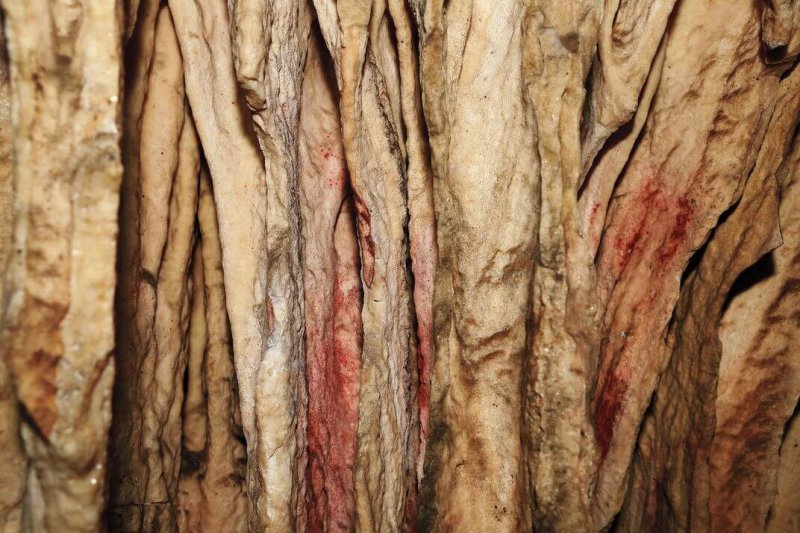A new body of research has emerged that’s transformed our image of Neanderthals. Through advances in archaeology, dating, genetics, biological anthropology and many related disciplines we now know that Neanderthals not only had bigger brains than sapiens, but also walked upright and had a greater lung capacity. These ice age Eurasians were skilled toolmakers and big-game hunters who lived in large social groups, built shelters, traded jewelry, wore clothing, ate plants and cooked them, and made sticky pitch to secure their spear points by heating birch bark. Evidence is mounting that Neanderthals had a complex language and even, given the care with which they buried their dead, some form of spirituality. And as the cave art in Spain demonstrates, these early settlers had the chutzpah to enter an unwelcoming underground environment, using fire to light the way.
…
[Archaeologist João] Zilhão says the debate over whether the cave art qualifies as symbolic expression “touches deeply on a concern that goes far beyond academic rivalries. It confronts the issue of how special we, as modern humans, actually are, how distinct we are—or are not—from humans who were not quite ‘us.’”Read full, original post: What do we really know about Neanderthals?































